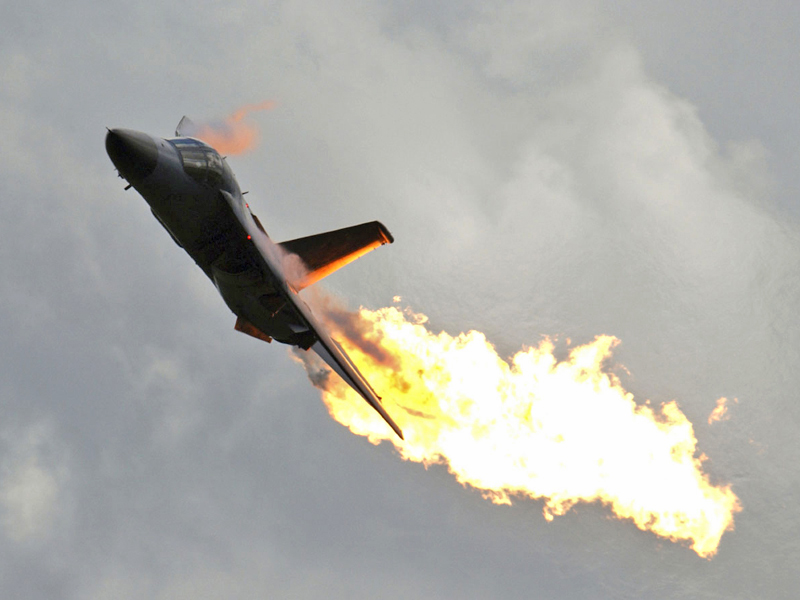As RAAF Base Amberley turns 80 years of age, the Royal Australian Air Force is venturing back through the past eight decades to celebrate recollections of the past through to the present.
Ipswich Mayor Teresa Harding said RAAF Base Amberley had long played an important role in the development of Ipswich.
As a former executive in the Department of Defence, leading the maintenance of the RAAF F-111 jets, Mayor Harding has witnessed first-hand the opportunity a Defence base poses to the community and economy.
“RAAF Base Amberley is Australia’s largest Air Force base which has significantly developed over the last 80 years,” Mayor Harding said.
“The further development of the base will support the growth of local businesses and jobs in defence-related industries.
“Over 7400 people are employed on base and I would love to see this continue to grow.
“Ipswich’s experience over the past 80 years means we are well placed to welcome and support defence families and further industry growth.”
“We acknowledge the Yuggera and the Ugarapul people, the Traditional Custodians of the land and pay our respects to their Elders both past and present and acknowledge the strong ties we share protecting country, community and culture,” a RAAF Base Amberley spokesperson said.

RAAF Amberley airfield and base taken in March 1941. Image: Defence
Commencing in 1939, the construction of RAAF Base Amberley was described as one of the largest project undertaken in Queensland at that time and the 17 June 1940 is considered the official opening of RAAF Base Amberley.
Air base operations began in June 1940 and the first aircraft at the Station Headquarters was the Moth Minor No. A21-26, followed shortly by four CAC Wirraway aircraft.
By the end of 1940, there were 54 aircraft based at Amberley and over the next two years, the base was transformed into a centre of excellence for the assembly, maintenance and salvage of aircraft, which was the primary focus of the base for World War II.
While essential infrastructure works continued in order to support the assembling of aircraft for the United States Army Air Force and south-western Pacific operations, Amberley became part of a quiet revolution, with the RAAF leading the way in introducing women to the defence workforce.

A GAF Canberra Bomber taken from the tower at RAAF Base Amberley. Image: Defence
By the end of World War II, the RAAF was the fourth largest air force in the world and RAAF Base Amberley had accommodated the CAC Wirraway, Lockheed Hudson, Martin B-26 Marauder, Curtiss P-40 Kittyhawk, Vultee A-31 Vengeance, Bell P-39 Airacobra, Republic P-43 Lancer, Boston Bombers as well as Spitfires and B-24J Liberators.
In 1948, a Lincoln A73-11 crashed in the north-east corner of the airfield, bursting into flames on impact and killing all 16 service personnel on board.
Three years later, the first bomber in RAAF service to be fitted with ejection seats, the GAF Canberra Mk 20, arrived at the base, remaining in service first as a bomber and then converted to target towing and photo reconnaissance roles until 1982.

The arrival of the F-111 circa June 1973. Image: Defence
In early 1973, the first six F-111C aircraft arrived at Amberley. This was followed a few months later with the formation of No. 12 Squadron comprising CH-47 Chinook helicopters.
The transfer of the battlefield helicopters from the RAAF to the Army in 1989 provided the opportunity for further expansion of aircraft capability on the base and three years later, ten Caribou aircraft were relocated to Amberley.
The 1990s also saw the parade ground, which had been the heart of the base since the 1940s, converted to a car park, and a new entrance gate installed, complete with a memorial garden and a static Canberra Bomber A84-201 that was the first Australian built GAF Canberra. It also came second in the 1953 London to Christchurch Air Race.
In 2000, redevelopment works commenced with the relocation of Combat Support Group (CSG) from Glenbrook and new headquarters for No. 82 Wing, while the base also hosted several operational combat support units and security and fire training capabilities.
Development of the ‘super base’ continued over the subsequent years, including the construction and refurbishment of accommodation, airfield upgrades, combined mess, gym, military working dog facilities, security and fire training and the Headquarters CSG building.

A CH-47 Chinook heavy-lift helicopter over RAAF Base Amberley. Image: Defence
In 2010, after 37 years of service, the F-111, also known as ‘the pig’, was retired, with two remaining on display, one at the main entrance to the base and the other at the RAAF Amberley Aviation Heritage Centre.
Throughout its life, Amberley has hosted elements of the Australian Army. From 1960 to 1973, it was home to Army Aviation and since 2006 has supported a variety of Army units.
Presently Amberley is host to a range of Air Force, Army and Joint capabilities and is a fully operational platform for the conduct of joint operations.
Today, RAAF Base Amberley accommodates approximately 6000 military personnel, Commonwealth public servants and defence aviation contractors, and provides permanent facilities for the F/A-18F Super Hornet, EA-18G Growler, C-17A Globemaster III, KC-30A Multi-Role Tanker Transport and the C-27J Spartan.
For more information, refer to The Heritage Values of RAAF Base Amberley – from Hornet Moth to Super Hornet.

A F-111 dump and burn. Image: Defence
Read also:


